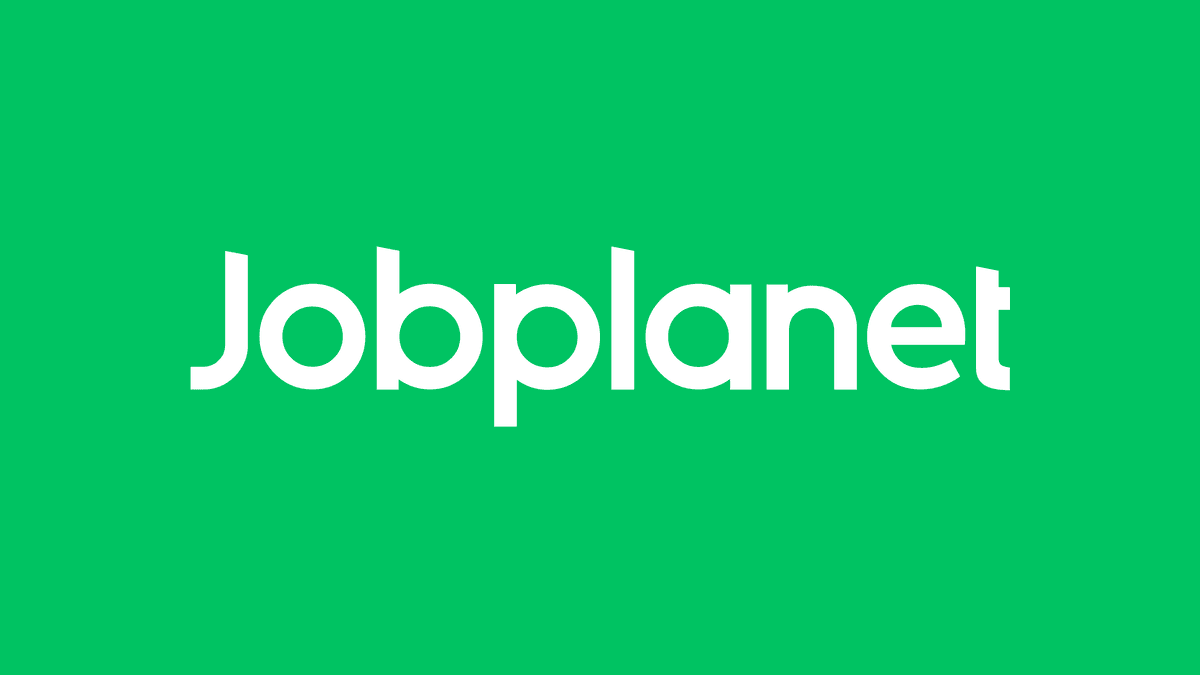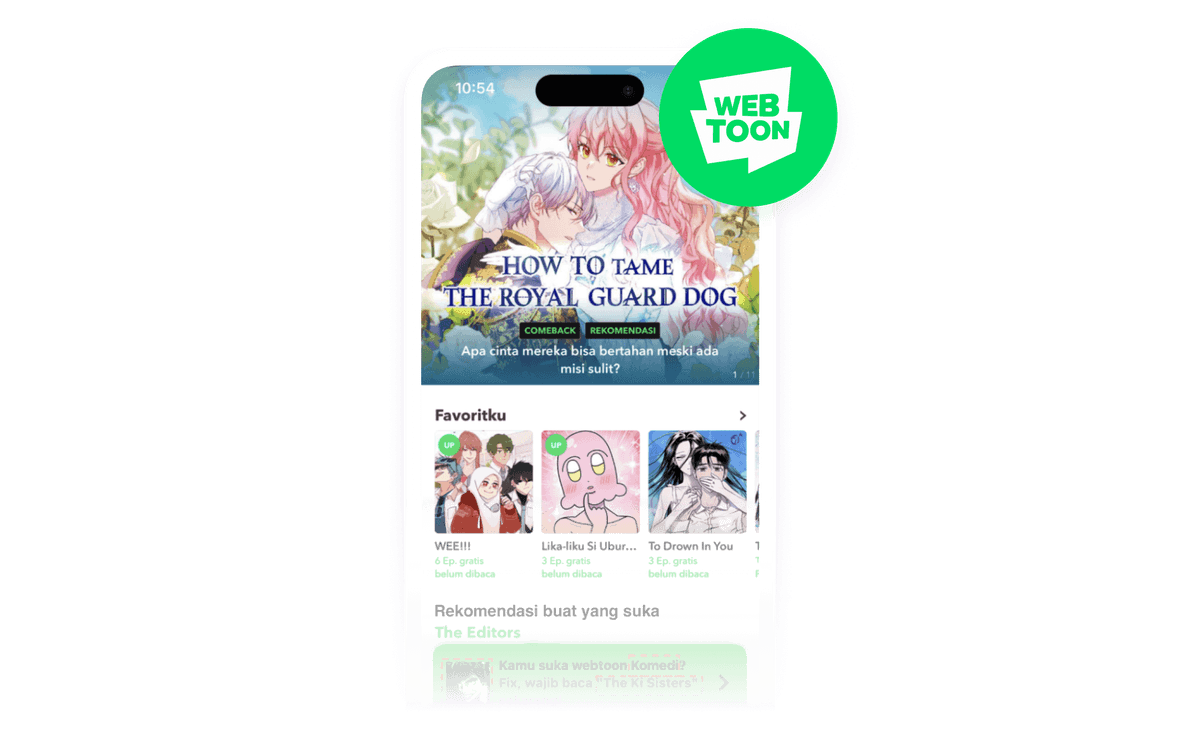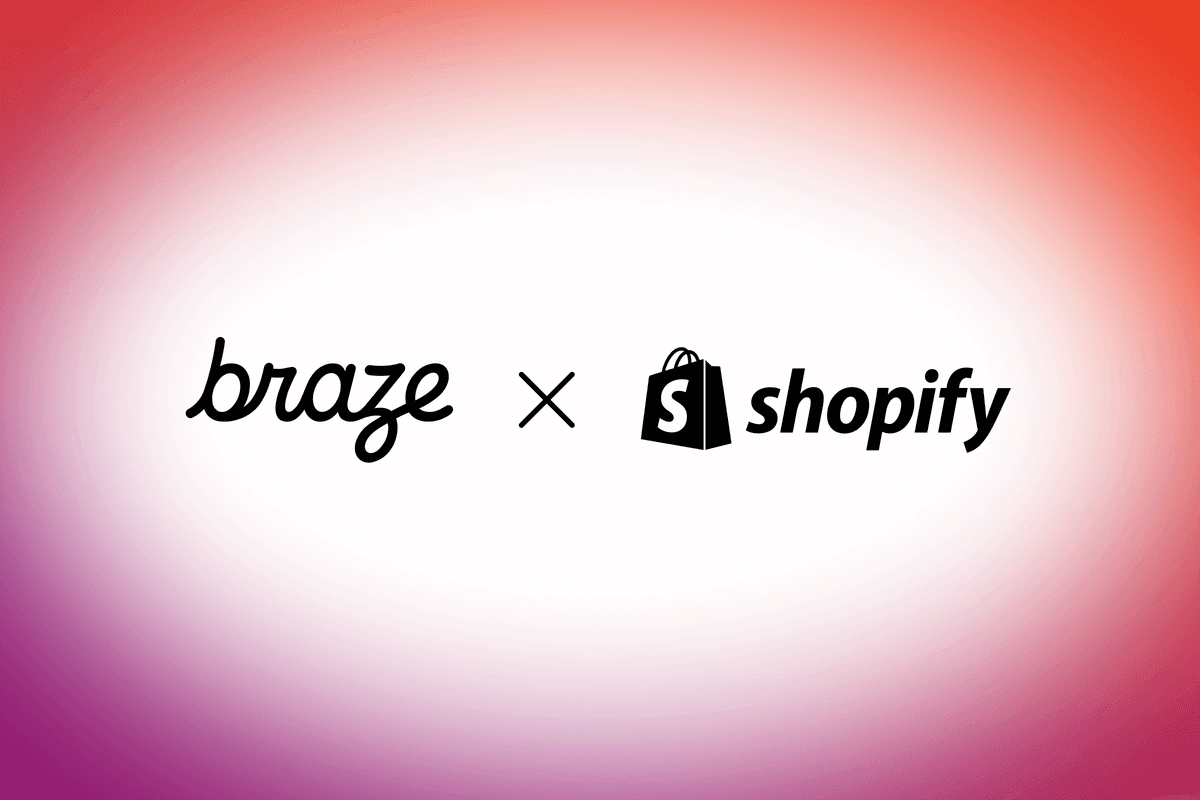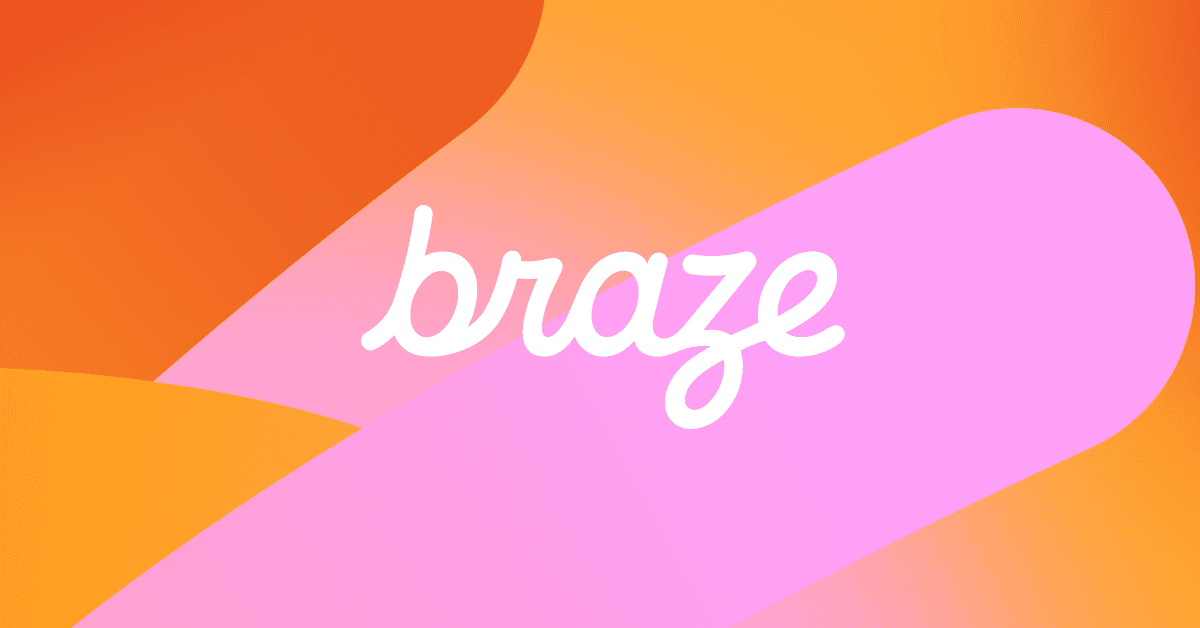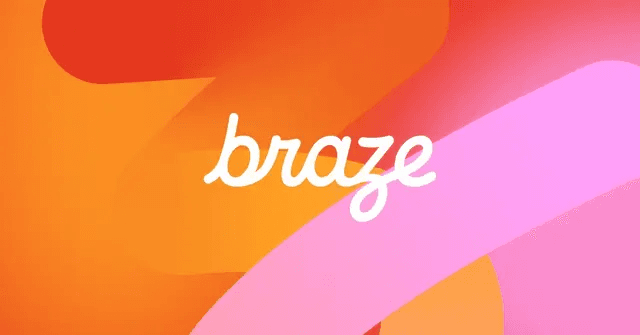Featured Stories
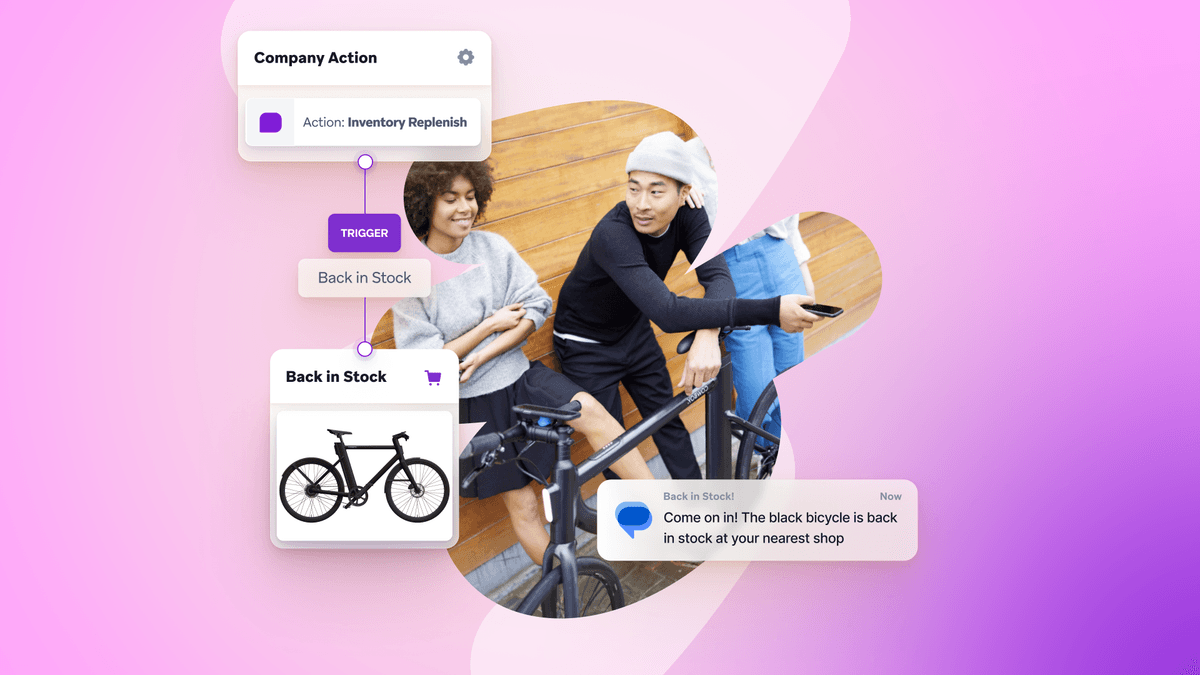
Blog15 min read
What is customer journey analytics? How to visualize, measure, and improve touchpoints

Team Braze
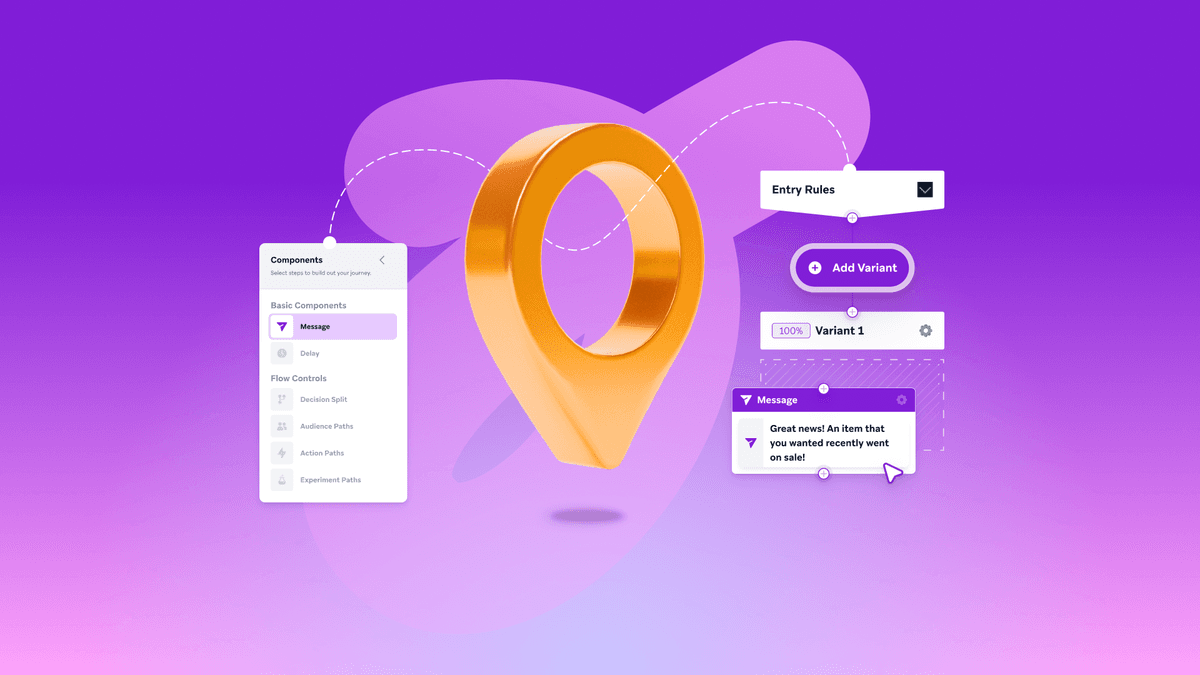
Blog14 min read
A guide to customer journey mapping

Team Braze
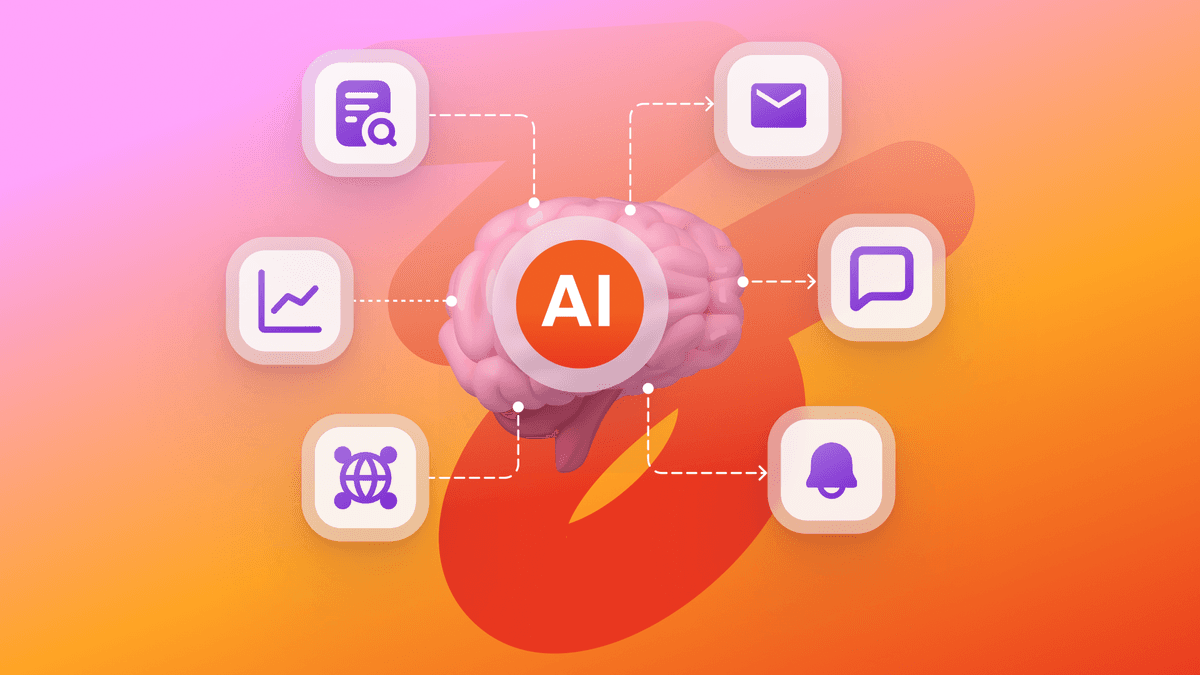
Blog8 min read
What is an AI marketing tool? Key features and how to choose the right one

Team Braze
SUBSCRIBE
Please select one option only and then submit your preference.Please enter your business email address.Be Absolutely Engaging.™
Sign up for regular updates from Braze.
Loading...
Explore more from the Resource Hub
Join the movement to journey orchestration.
The move to highly-intelligent, always-on journey orchestration is happening. And much of it is happening on our platform. Join brands of all sizes who are taking the craft of customer engagement to the next level.



